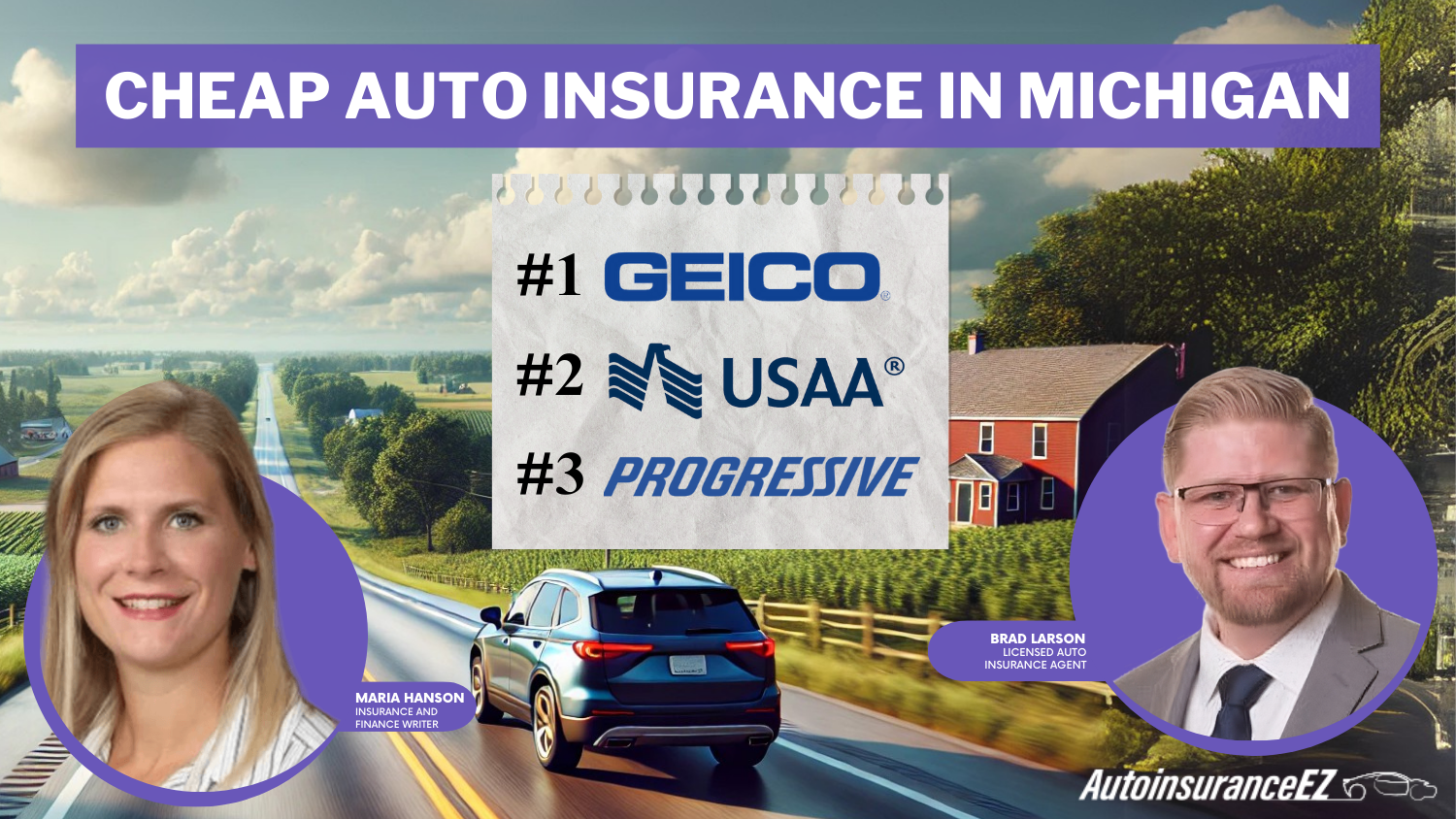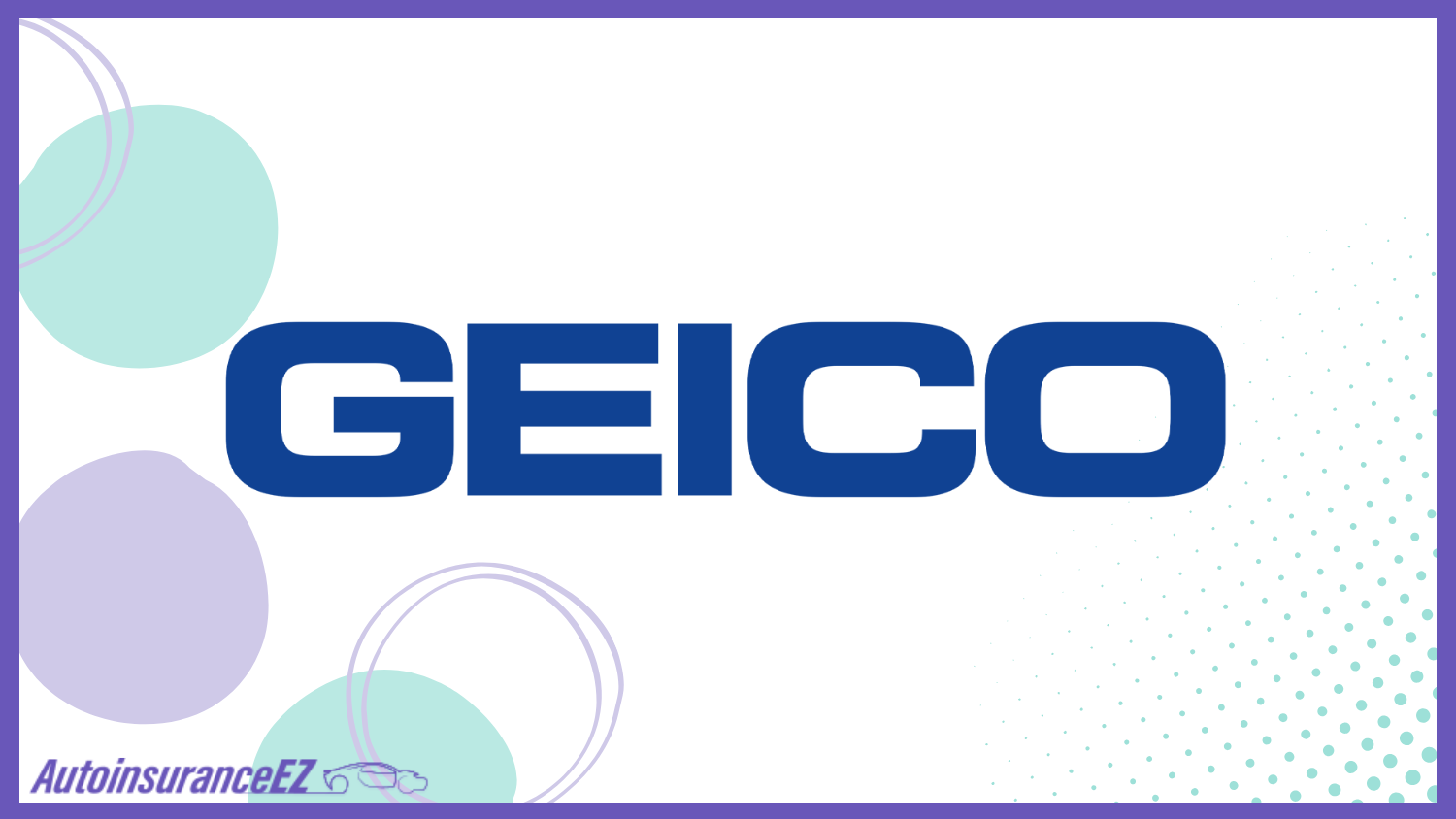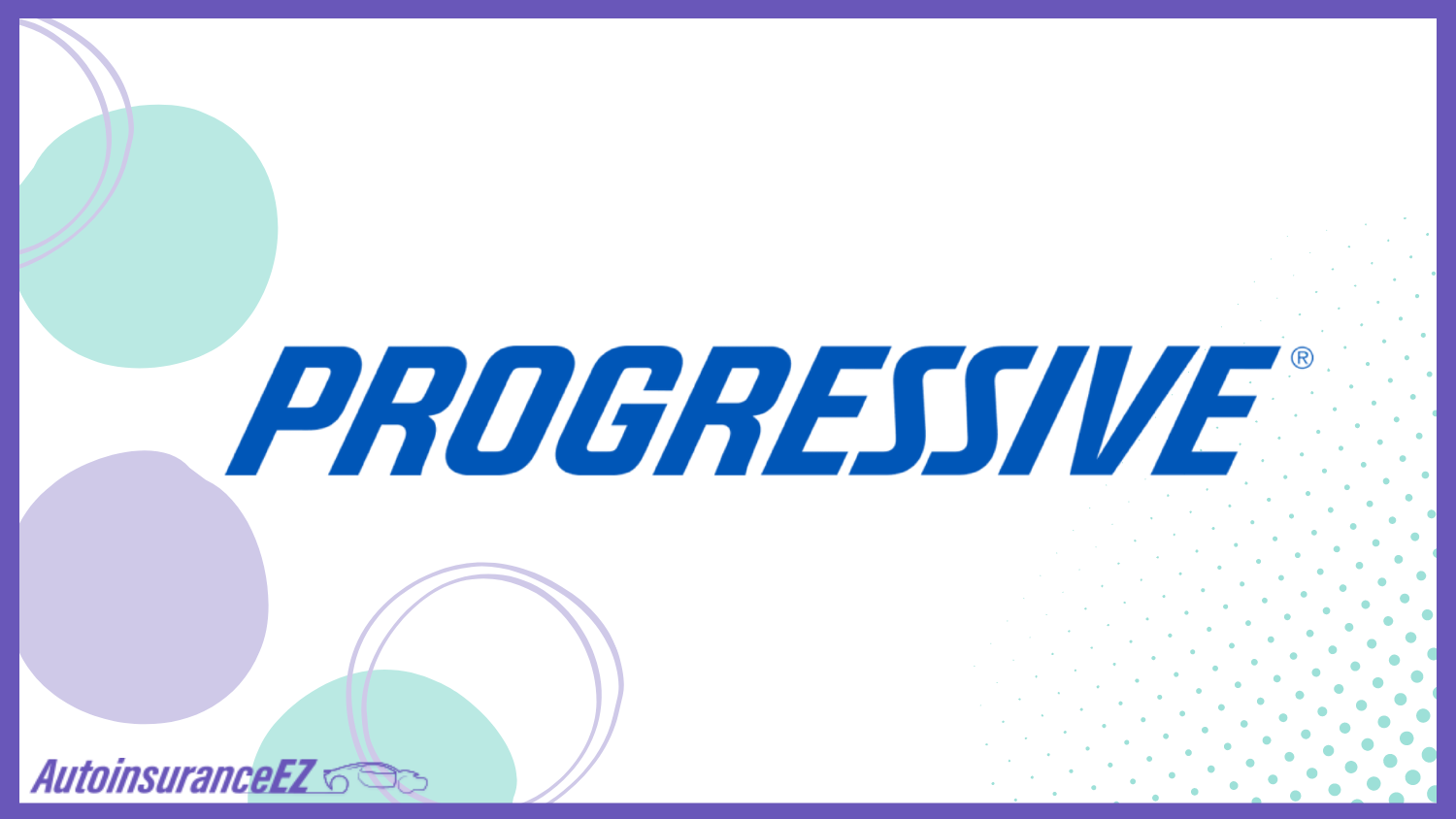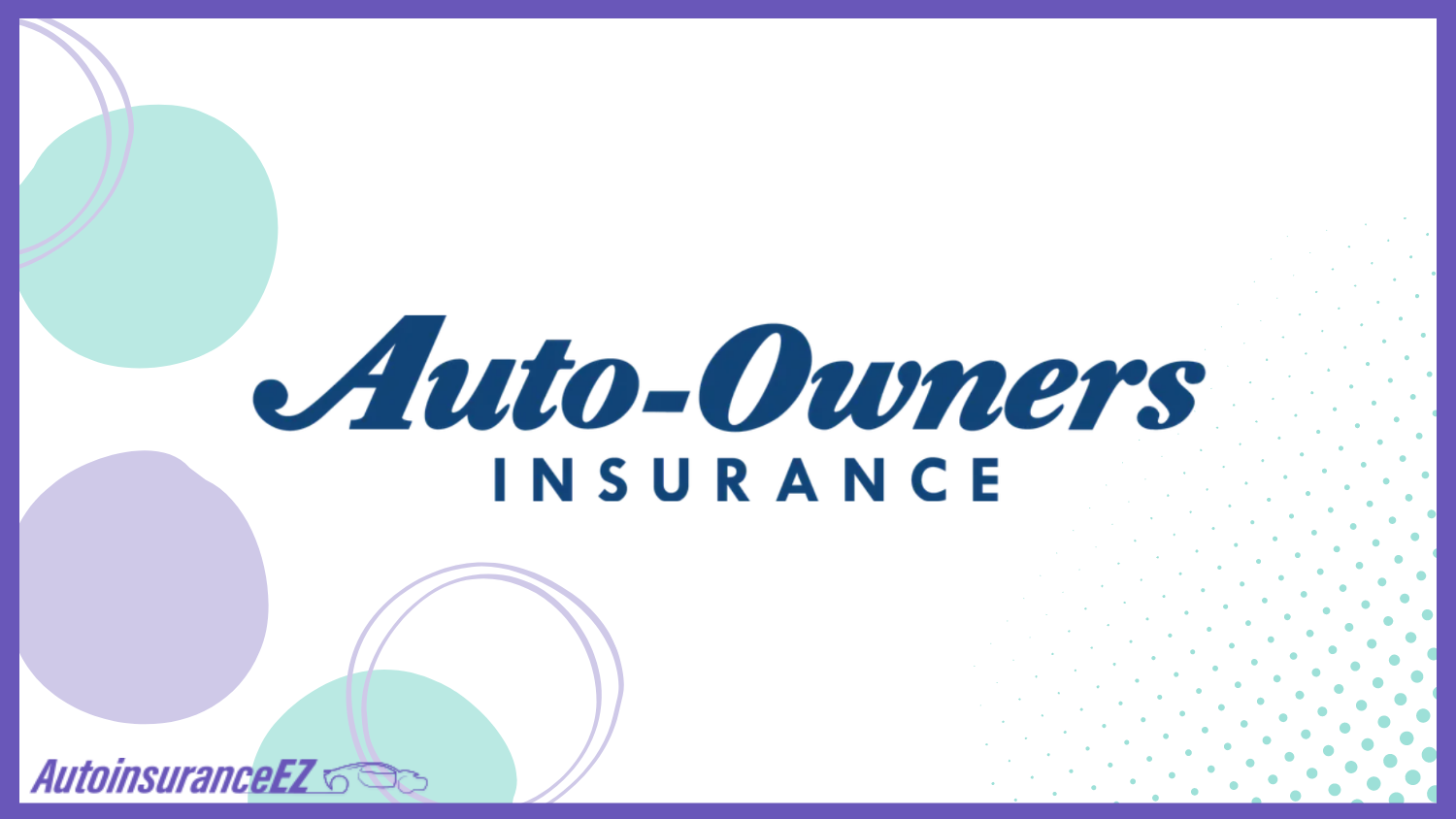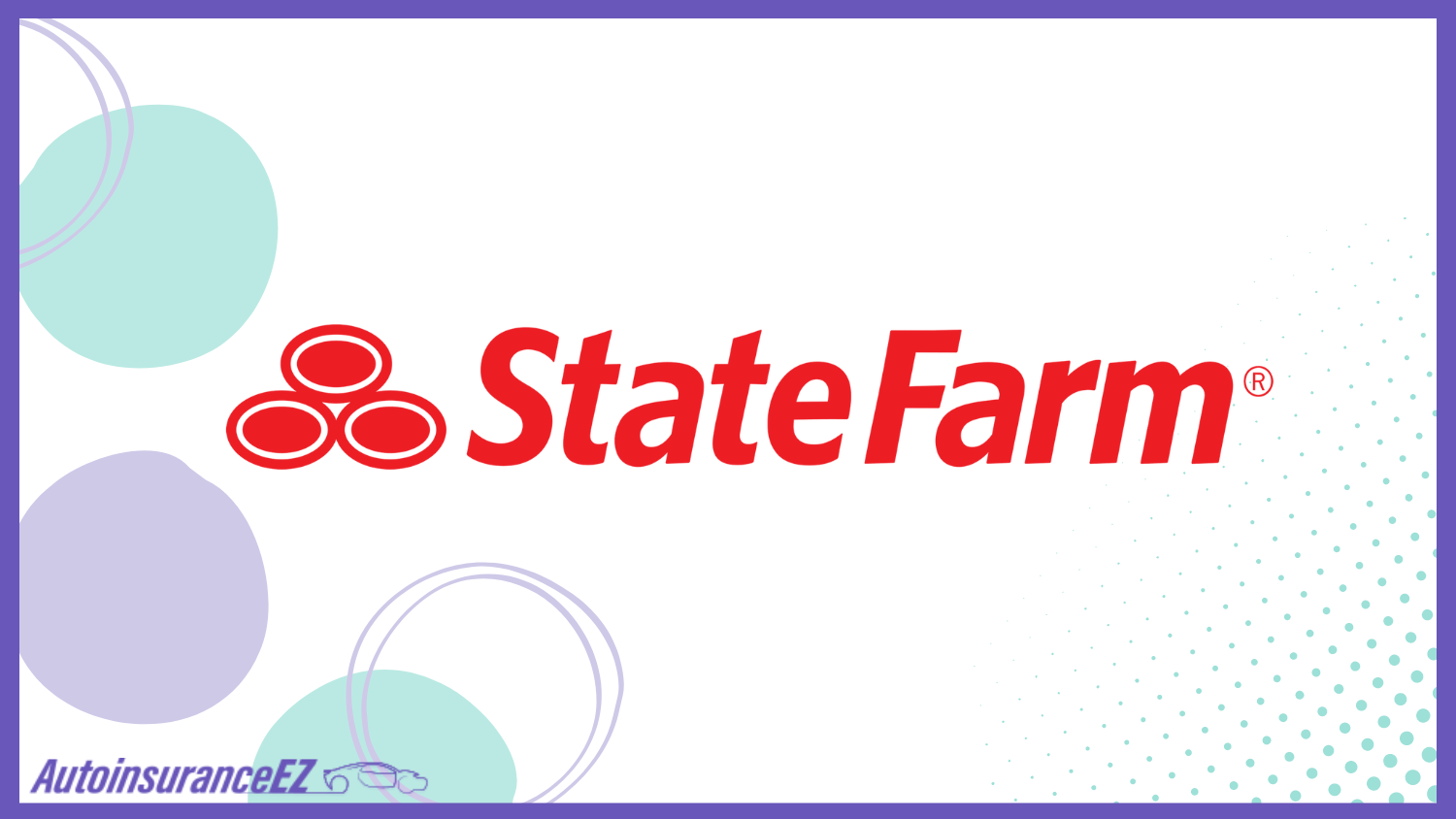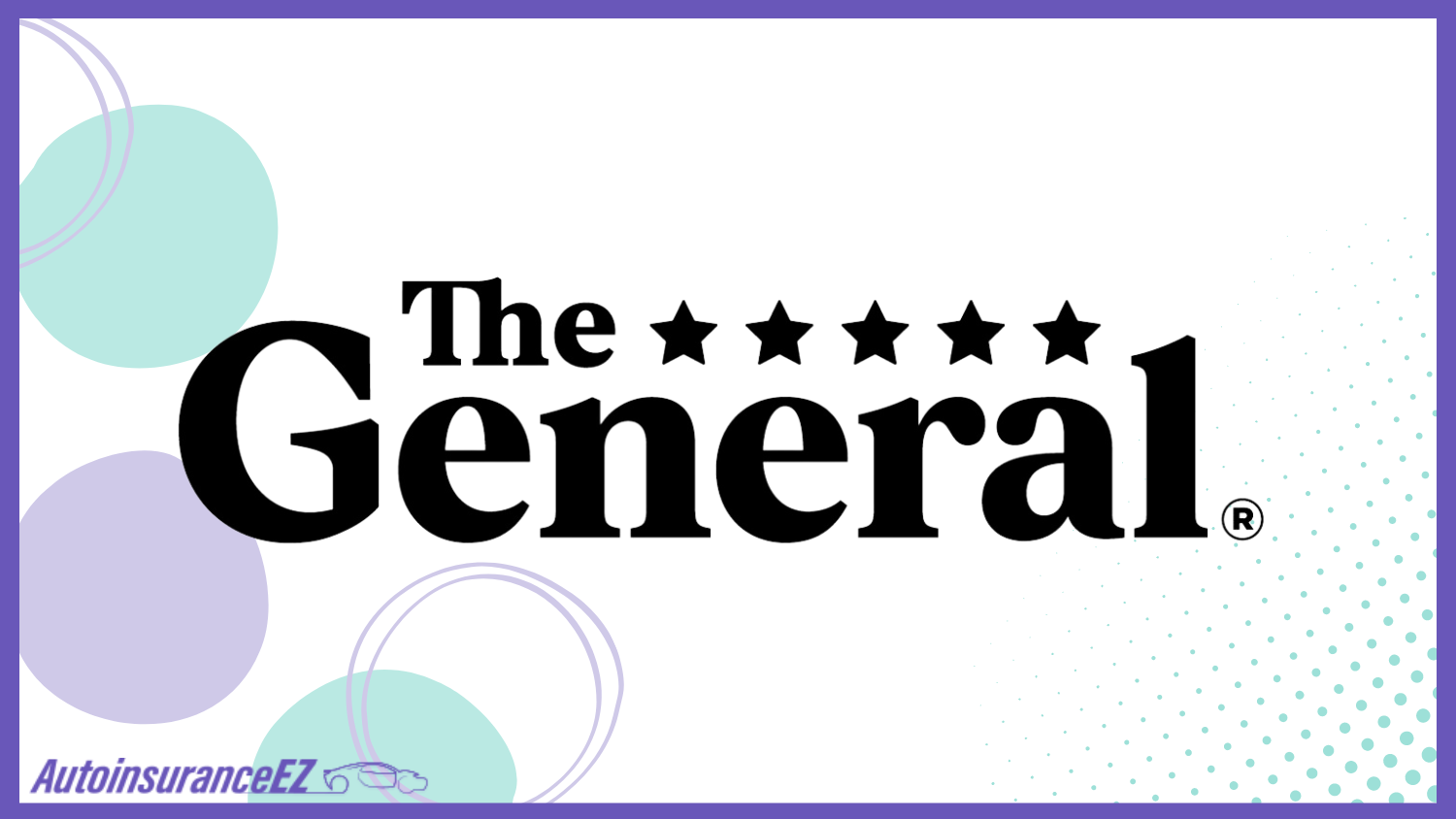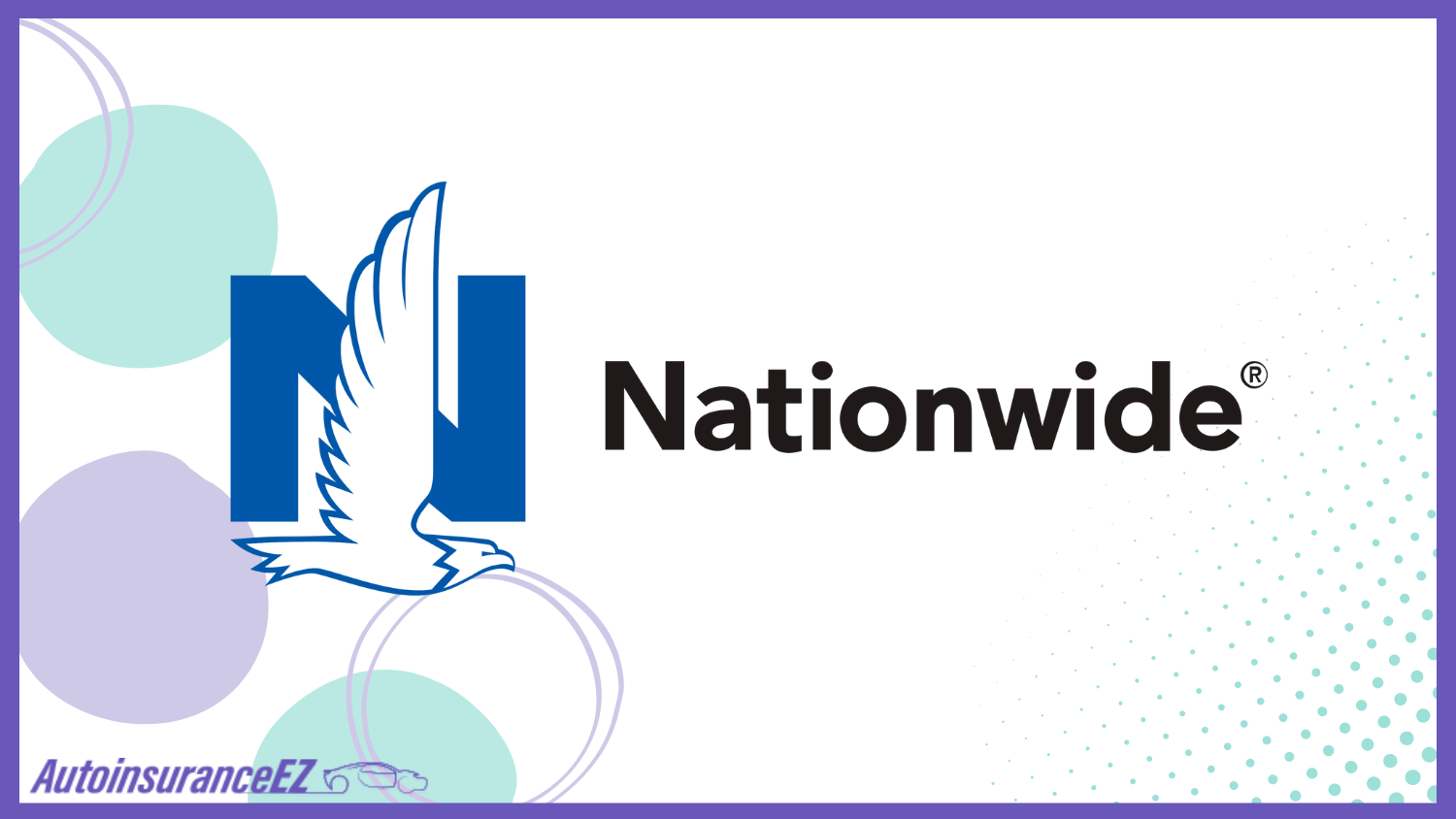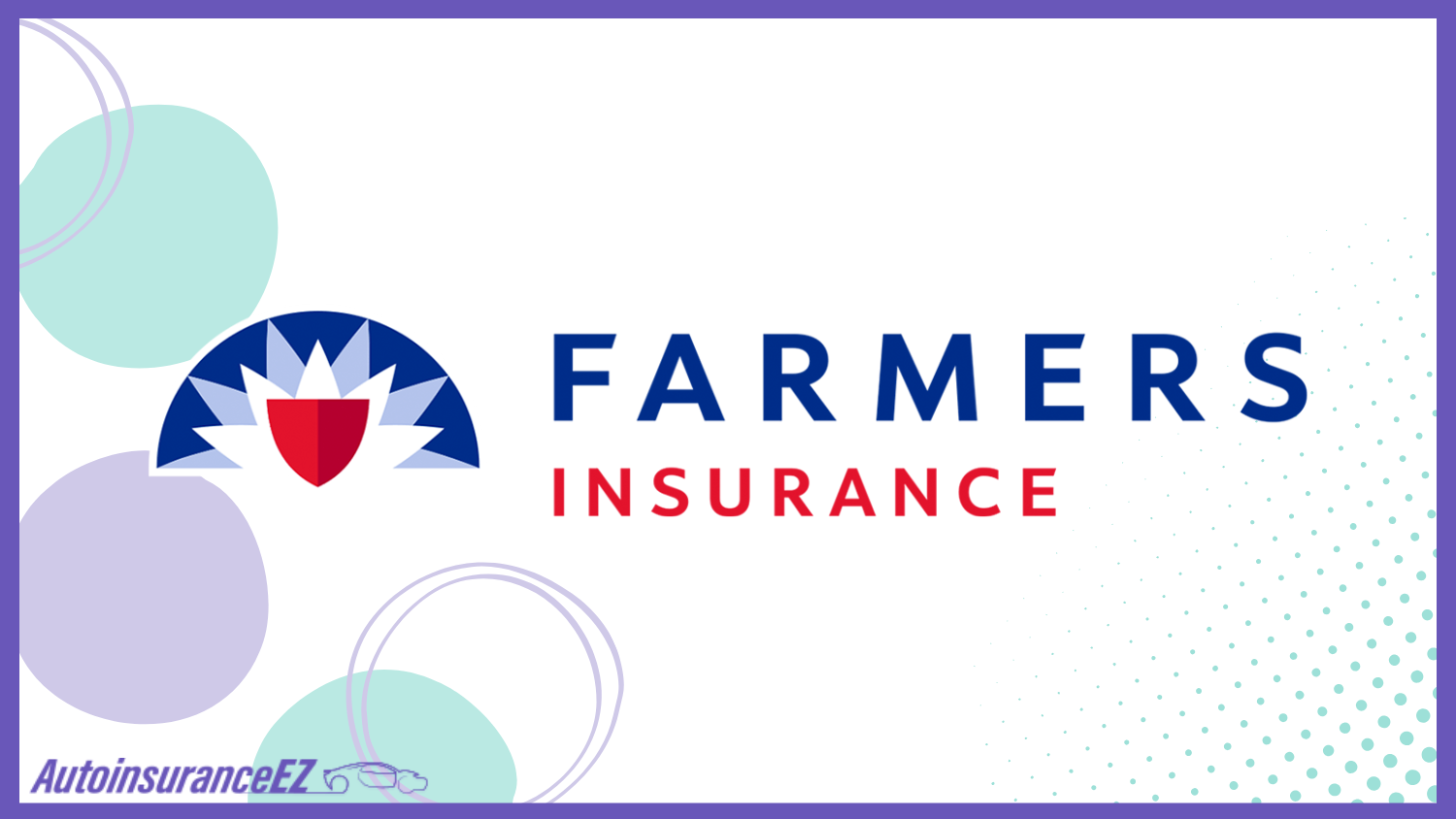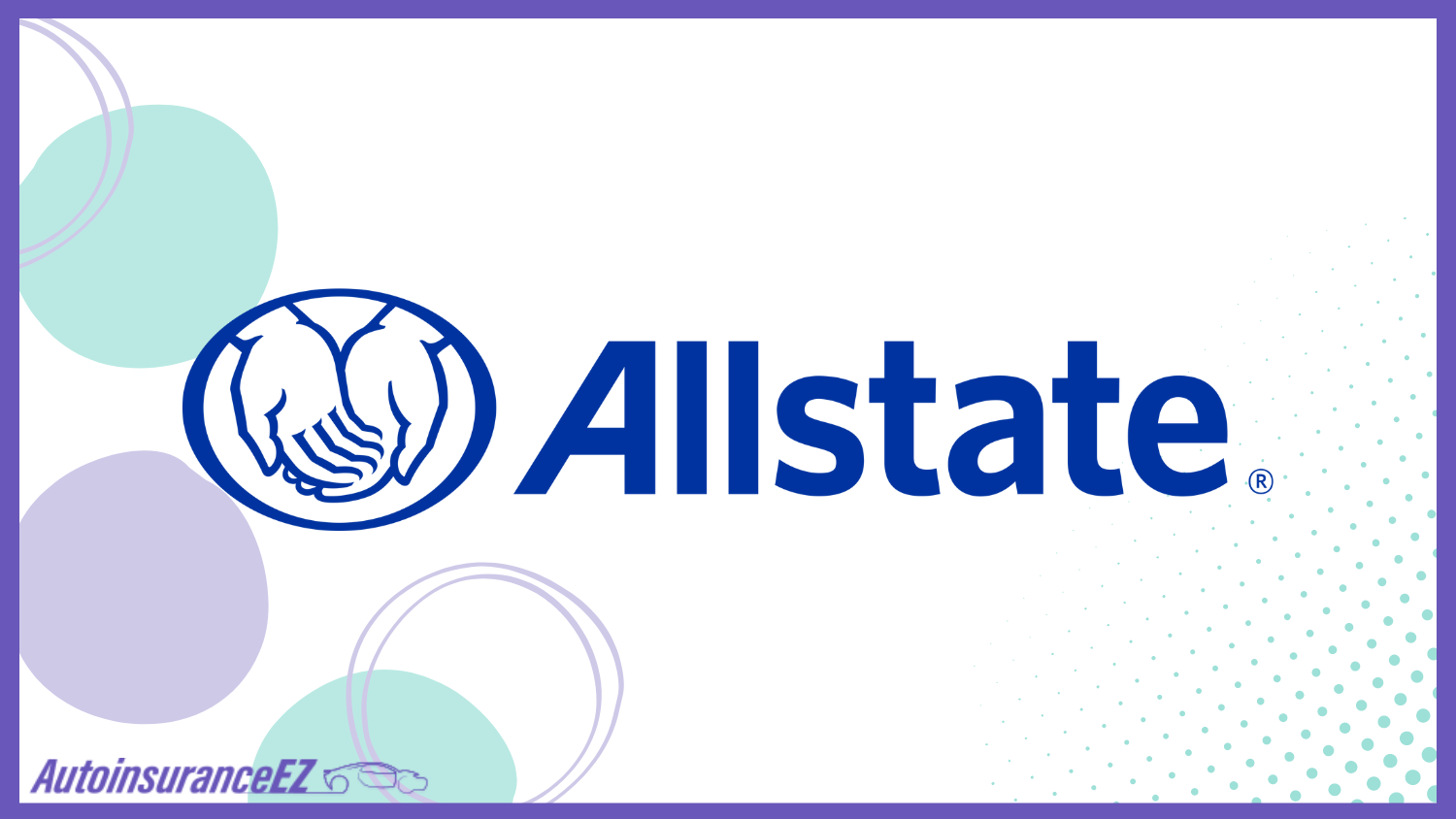Cheap Auto Insurance in Michigan for 2025 (Save With These 10 Companies)
Geico, USAA and Progressive offer cheap auto insurance in Michigan, with rates starting at $47/mo. Geico has the lowest Michigan car insurance premiums while USAA offers excellent customer service for military families. Progressive's extensive discounts make it the best option for cheap MI car insurance.
Free Auto Insurance Comparison
Enter your ZIP code below to compare auto insurance rates.
Secured with SHA-256 Encryption
Brad Larson
Licensed Insurance Agent
Brad Larson has been in the insurance industry for over 16 years. He specializes in helping clients navigate the claims process, with a particular emphasis on coverage analysis. He received his bachelor’s degree from the University of Utah in Political Science. He also holds an Associate in Claims (AIC) and Associate in General Insurance (AINS) designations, as well as a Utah Property and Casual...
Licensed Insurance Agent
UPDATED: Mar 14, 2025
It’s all about you. We want to help you make the right coverage choices.
Advertiser Disclosure: We strive to help you make confident insurance decisions. Comparison shopping should be easy. We partner with top insurance providers. This doesn’t influence our content. Our opinions are our own.
Editorial Guidelines: We are a free online resource for anyone interested in learning more about auto insurance. Our goal is to be an objective, third-party resource for everything auto insurance related. We update our site regularly, and all content is reviewed by auto insurance experts.
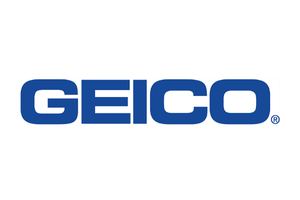 19,116 reviews
19,116 reviewsCompany Facts
Minimum Coverage in Michigan
A.M. Best Rating
Complaint Level
Pros & Cons
 19,116 reviews
19,116 reviews 6,589 reviews
6,589 reviewsCompany Facts
Minimum Coverage in Michigan
A.M. Best Rating
Complaint Level
Pros & Cons
 6,589 reviews
6,589 reviews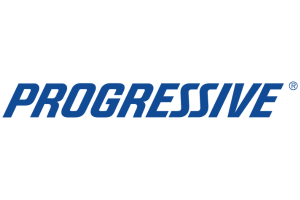 13,283 reviews
13,283 reviewsCompany Facts
Minimum Coverage in Michigan
A.M. Best Rating
Complaint Level
Pros & Cons
 13,283 reviews
13,283 reviewsGeico, USAA, and Progressive are the best choices for cheap auto insurance in Michigan. Geico offers the lowest rate at $47 per month.
Geico stands out with its low cost, financial strength, and flexible coverage options. USAA is the best for military auto insurance and great customer service while Progressive stands out with its numerous discounts.
Our Top 10 Company Picks: Cheap Auto Insurance in Michigan
| Company | Rank | Monthly Rates | A.M. Best | Best For | Jump to Pros/Cons |
|---|---|---|---|---|---|
| #1 | $47 | A++ | Competitive Premiums | Geico | |
| #2 | $51 | A++ | Customer Service | USAA | |
| #3 | $73 | A+ | Extensive Discount | Progressive | |
| #4 | $95 | A++ | Reliability Focused | Auto-Owners | |
| #5 | $100 | B | Safe-Driving Discounts | State Farm | |
| #6 | $120 | A | High-Risk Drivers | The General | |
 | #7 | $124 | A+ | Cost-Saving Programs | Nationwide |
| #8 | $161 | A | Comprehensive Coverage | Farmers | |
| #9 | $195 | A+ | Local Presence | Allstate | |
 | #10 | $204 | A | Telematics-Based Savings | Liberty Mutual |
These insurers are a great choice for cheap MI auto insurance. Use our free comparison tool to see what auto insurance quotes look like in your area.
- Geico offers the cheapest auto insurance in MI
- USAA provides top-tier customer service for military members in MI
- Progressive has the top discounts for cheap auto insurance in MI
#1 – Geico: Top Overall Pick
Pros
- Low Monthly Prices: Geico has affordable rates for minimum coverage starting at $47 per month, which makes it a great choice for cheap car insurance in Michigan.
- Financial Stability: Geico’s A++ rating by A.M. Best demonstrates its financial stability, making it a good choice for drivers who need stability from their auto insurance provider.
- Comprehensive Coverage Options: According to Geico auto insurance review, the company offers liability, collision, and add-ons that provide Michigan drivers with customized options.
Cons
- Limited Discounts: Fewer discounts offered than others might increase costs to Michigan motorists, particularly those with no good driving record or multiple policies.
- Less Personalized Customer Service: A few customers cite difficulty with customer support, showing a preference for more individualized help from their car insurance company.
Enter your ZIP code below to compare auto insurance rates.
Secured with SHA-256 Encryption
#2 – USAA: Best for Customer Service
Pros
- Superb Service: USAA is reputed for outstanding member service. Its claims process and customer care always top the charts in satisfaction among military families in Michigan.
- Affordable Rates: USAA provides excellent value with low rates beginning at $51 per month, providing military families with reasonable premiums and solid protection for car insurance in Michigan.
- Financial Strength: A.M. Best has given USAA an A++ rating, ensuring financial security and protecting its members throughout Michigan.
Cons
- Eligibility Restrictions: According to USAA auto insurance review, military families are the only ones who can be covered, leaving most Michigan motorists out.
- Fewer Coverage Options: Though cost-effective, USAA might not provide the same array of policy personalization or endorsements as other Michigan companies.
#3 – Progressive: Best for Discounts and Customization
Pros
- Variety of Discounts: Progressive saves drivers money with bundling, multi-car coverage, and safe-driver discounts that resonate with Michigan drivers who have different coverage needs.
- Customizable Coverage: Progressive provides flexibility to change the amount and types of coverage, allowing Michigan drivers to customize policies to meet their needs.
- Financial Ratings: Progressive’s A+ A.M. Best rating signifies its excellent reliability, making it a trusted option for drivers, according to our Progressive auto insurance review.
Cons
- Higher Premiums for Some: Drivers with less-than-perfect records may find Progressive’s starting rate of $73 per month higher than competitors in Michigan.
- Customer Service Concerns: Reviews indicate inconsistent service quality, which may deter Michigan drivers who value responsive and reliable support during claims.
#4 – Auto-Owners: Best for Local Expertise
Pros
- Trustworthy Coverage: Auto-Owners offers reliable coverage at reasonable rates at $95 per month, and it’s a company Michigan drivers can rely on.
- A++ Financial Strength: With an A++ rating from A.M. Best, Auto-Owner’s financial strength ensures reliability for Michigan residents seeking safe coverage.
- Strong Local Presence: As noted in our Auto-Owners auto insurance review, its Michigan-based services cater to the unique needs of local drivers for a personalized experience.
Cons
- Higher Premiums: Auto-Owners’ starting rates may not appeal to Michigan drivers seeking cheap car insurance in MI.
- Limited Discounts: Fewer discounts are available compared to competitors, making it harder for drivers to lower premiums for some MI policyholders.
Enter your ZIP code below to compare auto insurance rates.
Secured with SHA-256 Encryption
#5 – State Farm: Best for Safe Driving Discounts
Pros
- Safe Driving Discounts: State Farm rewards Michigan motorists with discounts for safe driving and participation in their telematics program to promote good driving habits.
- Comprehensive Coverage: State Farm offers comprehensive coverage options and add-ons like roadside assistance to meet the diverse requirements of Michigan motorists.
- Financial Stability: Rated A by A.M. Best, State Farm delivers financial reliability, ensuring policyholders’ claims are handled securely, as discussed in State Farm’s auto insurance review.
Cons
- Higher Initial Rates: With rates starting at $100 per month, State Farm might not be ideal for young motorists in Michigan, particularly those looking for cheap Michigan car insurance.
- Minimum Coverage in Certain Places: Certain areas in Michigan might not have particular coverage, so State Farm might be less accommodating for every driver in the state.
#6 – The General: Best for High-Risk Drivers
Pros
- Ideal for High-Risk Drivers: The General provides insurance for Michigan drivers with imperfect driving records and SR-22 needs, so it is an excellent choice for hard-to-insure drivers.
- Flexible Payment Plans: The General permits drivers to make premium payments in installments, making it more affordable by splitting premium payments.
- A Financial Strength: Rated A by A.M. Best, The General provides stability and confidence for high-risk drivers, as can be seen in The General auto insurance review.
Cons
- Higher Premiums for Others: Non-high-risk drivers in Michigan may face higher costs compared to other auto insurance companies in Michigan that focus on lower-risk demographics.
- Limited Coverage Options: Drivers may find fewer policy customization opportunities, which can be a drawback for those needing extensive or specific coverage.
#7 – Nationwide: Best for Cost-Saving Programs
Pros
- Cost-Saving Programs: Nationwide offers substantial savings with multi-policy discounts and safe-driver programs for Michigan drivers.
- Comprehensive Options: From liability, collision, and customizable add-ons, Nationwide caters to Michigan drivers who want personalized and extensive coverage.
- A+ Financial Stability: Backed by an A+ rating from A.M. Best, Nationwide remains a reliable choice for policyholders, as noted in our Nationwide auto insurance review.
Cons
- Moderate Rates: Nationwide’s premiums start at $124 per month, so it may not appeal to budget-conscious drivers, especially those seeking the cheapest insurance in Michigan.
- Customer Service Issues: Drivers have reported slower claims responses and less satisfying support, which could frustrate policyholders in urgent situations.
Enter your ZIP code below to compare auto insurance rates.
Secured with SHA-256 Encryption
#8 – Farmers: Best for Comprehensive Coverage
Pros
- Comprehensive Add-ons: Farmers offer coverage add-ons such as rental reimbursement, accident forgiveness, and roadside assistance for motorists in Michigan.
- Financial Stability: A.M. Best’s A rating confirms Farmers’ financial stability and reliability to consumers, ensuring that they feel confident when filing claims.
- Local Expertise: Farmers’ presence in Michigan helps drivers access tailored policies to their specific driving needs and risks, as highlighted in Farmer’s auto insurance review.
Cons
- High Premiums: Farmers’ insurance rates start at $161 per month, which may not suit those looking for cheap Michigan car insurance.
- Fewer Discounts: Fewer discounts compared to competitors make it harder for many policyholders in Michigan to reduce premiums.
#9 – Allstate: Best for Customizable Coverage
Pros
- Strong Local Presence: Individualized service and local presence in Michigan gives Allstate’s policyholders peace of mind.
- Customizable Policies: Drivers can choose accident forgiveness, new car replacement, and other add-ons for personalized policies, as outlined in our Allstate auto insurance review.
- A+ Financial Strength: With an A+ rating from A.M. Best, Allstate provides security, ensuring drivers are protected financially for claims or emergencies.
Cons
- Higher Premiums: Allstate’s starting premium of $195 per month may not suit drivers seeking cheap insurance in Michigan.
- Limited Discounts: Fewer discount opportunities compared to other insurers could result in higher overall costs, particularly for Michigan drivers with clean records.
#10 – Liberty Mutual: Best for Telematics-Based Savings
Pros
- Telematics-Based Savings: Liberty Mutual provides telematics-based savings with its usage-based insurance programs, enabling Michigan drivers to save according to their driving behavior.
- Solid Financial Strength: Liberty Mutual’s A rating by A.M. Best assures Michigan drivers of its financial strength.
- Extensive Coverage Options: In our Liberty Mutual auto insurance review, it’s emphasized that Michigan drivers can enjoy a variety of coverage options to ensure they are well covered.
Cons
- Expensive Premiums: Rates start at $204 per month, which may be higher for drivers seeking the cheapest car insurance in Michigan.
- Limited Discounts: Liberty Mutual offers fewer discount opportunities than some competitors, which could make it a pricier option for some drivers.
Enter your ZIP code below to compare auto insurance rates.
Secured with SHA-256 Encryption
Michigan Car Insurance Coverage and Rates
In Michigan, cheap car insurance differs by insurer. Geico has the lowest price, $47 per month for minimum coverage and $99 per month for full coverage, while Liberty Mutual is the highest, at $204 per month and $424 per month. The others, such as Allstate, cost $195 per month for minimum coverage and $406 per month for full coverage.
Michigan Auto Insurance Monthly Rates by Provider & Coverage Level
| Insurance Company | Minimum Coverage | Full Coverage |
|---|---|---|
| $195 | $406 | |
| $95 | $195 | |
| $161 | $335 | |
| $47 | $99 | |
 | $204 | $424 |
 | $124 | $257 |
| $73 | $152 | |
| $100 | $209 | |
| $120 | $246 | |
| $51 | $107 |
It’s important to compare prices. Auto-Owners costs $95 per month for minimum coverage, while Progressive charges $73 per month. USAA costs $51 per month for minimum coverage and $107 per month for full coverage, making it an affordable option.
Also, consider UM/UIM auto insurance coverage to protect yourself in case of an accident with an underinsured or uninsured driver. This coverage is important as the number of uninsured drivers is increasing.
Auto Insurance Discounts in Michigan
Michigan drivers can reduce premiums with discounts for safe driving, good students, and multi-policy bundles, from companies like Allstate, Auto-Owners, and Farmers.
Auto Insurance Discounts From the Top Providers in Michigan
| Insurance Company | Available Discounts |
|---|---|
| Safe Driving Bonus, New Car Discount, Early Signing Discount, Multi-Policy Discount | |
| Paid-in-Full Discount, Multi-Policy Discount, Good Student Discount, Safe Driver Discount | |
| Good Student Discount, Multi-Policy Discount, Safe Driver Discount, Bundled Auto & Home Discount | |
| Good Driver Discount, Multi-Vehicle Discount, Anti-Theft Device Discount, Military Discount | |
 | Vehicle Safety Features Discount, Newly Purchased Car Discount, Claims-Free Discount, Multi-Policy Discount |
 | SmartRide Program, Accident-Free Discount, Multi-Policy Discount, Good Student Discount |
| Snapshot Program, Homeowner Discount, Continuous Insurance Discount, Multi-Car Discount | |
| Drive Safe & Save, Defensive Driving Discount, Good Student Discount, Multi-Car Discount | |
| Low-Mileage Discount, Multi-Car Discount, Defensive Driving Discount, Homeowner Discount | |
| Safe Driver Discount, Military Discount, New Vehicle Discount, Multi-Policy Discount |
Geico and Liberty Mutual provide discounts for anti-theft devices and safety features, such as programs like the Progressive Snapshot program review, which rewards safe drivers with telematics-based savings.
Loyalty and low-mileage discounts are available, with State Farm and Allstate offering up to 20% off for clean driving records. Auto-Owners company also provides similar savings for good drivers.
Auto Insurance Discounts From Top Michigan Providers
| Insurance Company | Bundling | Good Driver | Accident-Free | Low Mileage | Loyalty |
|---|---|---|---|---|---|
| 10% | 20% | 15% | 5% | 5% | |
| 12% | 18% | 10% | 5% | 5% | |
| 8% | 15% | 10% | 5% | 5% | |
| 5% | 10% | 5% | 5% | 5% | |
 | 10% | 15% | 10% | 5% | 5% |
 | 10% | 15% | 10% | 5% | 5% |
| 5% | 10% | 5% | 5% | 5% | |
| 10% | 20% | 15% | 5% | 5% | |
| 5% | 10% | 5% | 5% | 5% | |
| 10% | 20% | 15% | 5% | 5% |
Frequently Asked Questions
What factors affect auto insurance premiums in Michigan?
Driving history, age, location, vehicle type, credit score, and coverage level are some variables affecting Michigan auto insurance costs. Look at these factors that affect your auto insurance rates.
How does Michigan’s no-fault insurance system affect my rates?
Michigan’s no-fault insurance system often increases premiums because it requires personal injury protection (PIP), covering medical expenses regardless of fault.
Can I lower my premium by increasing my deductible in Michigan?
Yes, increasing your deductible can lower your premium and help you find cheap auto insurance in Michigan, but it also means higher out-of-pocket costs if you need to file a claim.
Is it better to choose minimum coverage or full coverage in Michigan?
This depends on your vehicle’s value and personal preferences. Minimum coverage is cheaper, but full coverage offers more protection. Learn more about comprehensive and collision coverage.
Are there discounts available for young drivers in Michigan?
Young drivers can access discounts such as good student, driver safety courses, or telematics-based discounts, which can help them secure cheap insurance in Michigan.
What should I do if I can’t afford Michigan’s high auto insurance rates?
Consider shopping for quotes to find cheap car insurance in Michigan, looking into low-income assistance programs, or exploring limited coverage options. Use our free comparison tool to see what auto insurance quotes look like in your area.
How does Michigan’s insurance law affect claims for accidents?
Michigan’s no-fault auto insurance law guarantees your insurance pays for medical bills and lost income, regardless of fault, simplifying claims but often leading to higher premiums. Explore fault vs. no-fault auto insurance laws for more insights.
Do I need uninsured motorist coverage in Michigan?
While not required by law, uninsured motorist coverage is recommended for auto insurance in Michigan to protect you in case of an accident with an uninsured driver.
Can I get discounts for bundling auto insurance with home or renters insurance in Michigan?
Yes, many insurers offer discounts for bundling auto insurance with home or renters insurance, including car insurance in MI, helping you save on both policies. Get fast and cheap auto insurance coverage today with our quote comparison tool.
How do Michigan insurance companies respond to weather-related damage claims?
Weather-related damage, such as hail or windstorms, is typically covered under comprehensive coverage, though you should check your policy for any exclusions. Learn how to prepare for an emergency.


